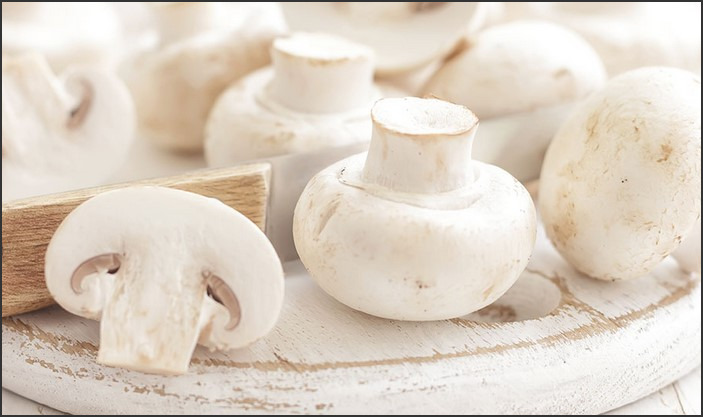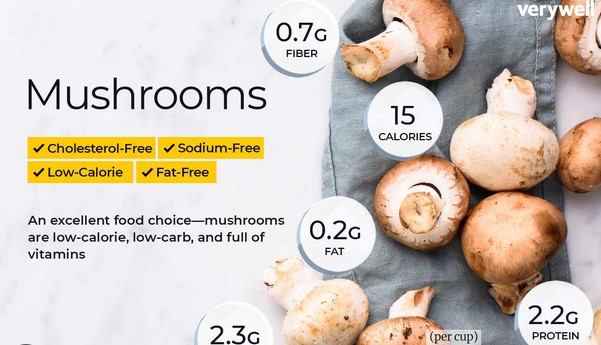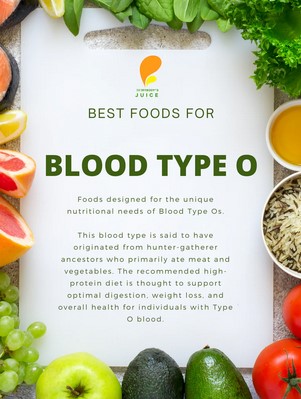
In recent years, the gluten-free diet has gained significant attention, with many individuals adopting it for various health reasons. Originally developed to manage celiac disease, an autoimmune disorder triggered by gluten, the gluten-free diet has now extended beyond those with medical conditions to a broader population looking to improve their health and well-being. However, the question remains: is a gluten-free diet right for you? In this article, we will explore the benefits, challenges, and considerations of a gluten-free diet, helping you make an informed decision about whether it is the right choice for your lifestyle.
What is Gluten and Why Avoid It?
Gluten is a protein found in wheat, barley, rye, and their derivatives. It is responsible for the elasticity in dough and provides structure to baked goods. For most people, gluten is perfectly safe and is consumed regularly as part of a balanced diet. However, some individuals experience adverse reactions to gluten, which can lead them to seek alternatives.
1. Celiac Disease
Celiac disease is a serious autoimmune disorder that affects approximately 1 in 100 people worldwide. For those with celiac disease, consuming gluten triggers an immune response that damages the lining of the small intestine. This damage interferes with nutrient absorption, leading to a range of symptoms including diarrhea, fatigue, anemia, and bone loss. For people with celiac disease, a strict gluten-free diet is the only treatment, as it helps to heal the intestine and prevent further complications.
2. Non-Celiac Gluten Sensitivity
Non-celiac gluten sensitivity (NCGS) is a condition in which individuals experience symptoms similar to those of celiac disease, such as bloating, abdominal pain, and fatigue, after consuming gluten, but without the autoimmune response or damage to the small intestine. While the condition is still being studied, individuals with NCGS may find relief from their symptoms by following a gluten-free diet, even though it is not considered a medical necessity.
3. Wheat Allergy
A wheat allergy is different from celiac disease and gluten sensitivity. It is an allergic reaction to proteins found in wheat, including gluten. This can cause symptoms ranging from hives and swelling to difficulty breathing. People with a wheat allergy must avoid wheat and its derivatives, but they may not necessarily need to avoid other sources of gluten like barley or rye, depending on their specific allergy.
Benefits of a Gluten-Free Diet
While the gluten-free diet is essential for those with medical conditions like celiac disease or wheat allergies, some individuals without these conditions also choose to follow a gluten-free lifestyle. Although the benefits for those without medical issues are still debated, some people report improvements in their overall health and well-being.
1. Digestive Health
One of the most immediate benefits of going gluten-free is improved digestive health for individuals with gluten-related disorders. For people with celiac disease or gluten sensitivity, avoiding gluten can alleviate symptoms like bloating, gas, and diarrhea. A gluten-free diet may also improve gut health by reducing inflammation and promoting better digestion.
2. Improved Energy Levels
Many people who follow a gluten-free diet report increased energy levels. This may be due to the reduced inflammation in the gut and body. Individuals with gluten sensitivities may feel fatigued after consuming gluten, so eliminating it from the diet can lead to a noticeable improvement in energy, focus, and mental clarity.
3. Better Skin Health
Some individuals with gluten sensitivity or celiac disease experience skin issues like eczema, rashes, or dermatitis herpetiformis (a blistering, itchy rash). By following a gluten-free diet, these skin issues often improve or resolve entirely. Even individuals without gluten sensitivities sometimes report clearer skin when they cut gluten from their diet.
4. Weight Management
Some people turn to a gluten-free diet as a weight-loss strategy. While gluten itself is not inherently fattening, many processed foods containing gluten, like baked goods and snacks, are high in calories, sugar, and unhealthy fats. By eliminating these foods and focusing on whole, unprocessed gluten-free options, some people experience weight loss or improved body composition.
Challenges of a Gluten-Free Diet
While the gluten-free diet offers many potential benefits, it also comes with its own set of challenges. Adopting a gluten-free lifestyle requires careful planning and consideration, especially for those without a medical need for it.
1. Nutrient Deficiencies
One of the major concerns of a gluten-free diet is the potential for nutrient deficiencies. Many gluten-free products are highly processed and may lack essential vitamins and minerals. For example, gluten-free grains like rice and corn are not typically fortified with folic acid, iron, and other nutrients that wheat products often are. Additionally, gluten-free diets can sometimes lack fiber, which is essential for digestive health. To avoid deficiencies, it’s important to incorporate a variety of nutrient-dense foods such as fruits, vegetables, lean proteins, and gluten-free whole grains like quinoa, buckwheat, and brown rice.
2. Social and Lifestyle Adjustments
Eating gluten-free can be socially challenging, especially when dining out or attending social gatherings. Many restaurants and food products still contain gluten, and cross-contamination can be a concern. People who are not medically required to follow a gluten-free diet may find it difficult to maintain this lifestyle long-term, especially if they are frequently in social situations where gluten-rich foods are present.
3. Cost and Availability
Gluten-free products tend to be more expensive than their gluten-containing counterparts. Specialized gluten-free items like bread, pasta, and baked goods often carry a premium price. Additionally, while the availability of gluten-free foods has increased in recent years, they may not be as readily available in all areas, particularly in smaller towns or rural regions.
4. Misconceptions and Fad Dieting
There is a misconception that a gluten-free diet is inherently healthier for everyone. Many people without gluten sensitivities or medical conditions have adopted this diet as a trend, without understanding the nutritional implications. It’s important to remember that cutting gluten from your diet does not automatically make it healthier. Many gluten-free packaged foods are just as processed and calorie-dense as their gluten-containing counterparts.
Is the Gluten-Free Diet Right for You?
The decision to follow a gluten-free diet should be based on your individual health needs, preferences, and lifestyle. If you have been diagnosed with celiac disease, a wheat allergy, or non-celiac gluten sensitivity, a gluten-free diet is essential for managing your condition. However, if you do not have any medical conditions related to gluten, it’s important to weigh the benefits and challenges before making the switch.
For those considering going gluten-free, consulting with a healthcare provider or registered dietitian is a smart first step. They can help ensure that you are meeting your nutritional needs and can provide guidance on how to maintain a balanced, healthy diet without gluten. Additionally, if you experience symptoms that you believe may be related to gluten, a healthcare professional can help determine if gluten is the cause and recommend appropriate testing.
Adopting a gluten-free diet can offer significant benefits, especially for individuals with gluten-related medical conditions. However, for those without such conditions, it’s important to approach this dietary change with careful consideration. While a gluten-free diet can promote better digestive health, increased energy, and clearer skin for some, it can also present challenges, including nutrient deficiencies and higher food costs. If you’re unsure whether this diet is the right choice for you, it’s always best to consult with a healthcare provider to ensure it aligns with your health goals and needs.




 Mushrooms are a type of fungi that have been used for centuries in traditional medicine and cuisine. They are a versatile and nutritious food that can be used in a variety of dishes. Not only are they delicious, but they also offer a range of health benefits and nutritional value. Mushrooms are a great source of vitamins, minerals, and antioxidants, and they can help to boost the immune system, reduce inflammation, and even fight cancer. In addition, they are low in calories and fat, making them a great addition to any healthy diet. In this article, we will explore the health benefits and nutritional value of mushrooms, as well as some tips for incorporating them into your diet.
Mushrooms are a type of fungi that have been used for centuries in traditional medicine and cuisine. They are a versatile and nutritious food that can be used in a variety of dishes. Not only are they delicious, but they also offer a range of health benefits and nutritional value. Mushrooms are a great source of vitamins, minerals, and antioxidants, and they can help to boost the immune system, reduce inflammation, and even fight cancer. In addition, they are low in calories and fat, making them a great addition to any healthy diet. In this article, we will explore the health benefits and nutritional value of mushrooms, as well as some tips for incorporating them into your diet. Eating for Your Blood Type: Exploring the Blood Type Diet is a comprehensive guide to understanding the connection between your blood type and the foods you eat. It provides an in-depth look at the science behind the Blood Type Diet, as well as practical advice on how to make dietary changes to improve your health and well-being. This book is an invaluable resource for anyone interested in learning more about the Blood Type Diet and how it can help them achieve their health goals.
Eating for Your Blood Type: Exploring the Blood Type Diet is a comprehensive guide to understanding the connection between your blood type and the foods you eat. It provides an in-depth look at the science behind the Blood Type Diet, as well as practical advice on how to make dietary changes to improve your health and well-being. This book is an invaluable resource for anyone interested in learning more about the Blood Type Diet and how it can help them achieve their health goals.
